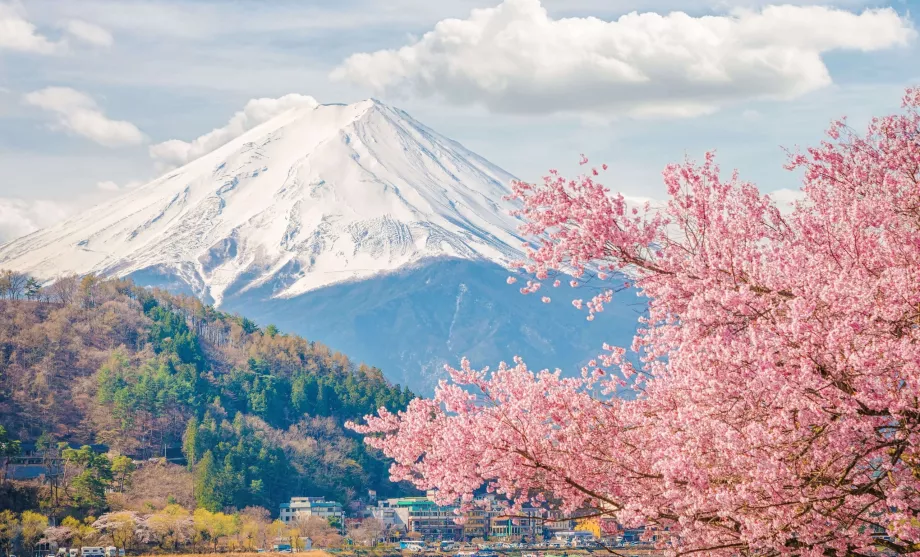Transfer at Tokio Narita Airport

Narita operates three terminals, each serving a specific airline. All terminals handle both domestic and international flights.
Book your hotel before your early morning departure
Terminals
All 3 terminals are connected by shuttle buses running on the tarmac or by train through the public area.
The buildings are modern and not too large, so walking distances to the furthest departure gates are no more than 10 minutes. Orientation is very easy.
- Terminal 1 - AeroMexico, Aero Mongolia, Air Busan, Air Canada, Air China, Air France Air New Zealand, Air Seoul, Aircalin, ANA All Nippon Airways, Asiana Airlines, Austrian, Biman Bangladesh, China Southern, Delta, Egyptair, El Al, Ethiopian Airlines, Etihad Airways, Eva Air, Garuda, Hong Kong Airlines, Jin Air, KLM, Korean Air, Lion Air, LOT, Lufthansa, Peach, Royal Brunei, Scoot, Shandong Airlines, Shenzhen Airlines, Sichuan Airlines, Singapore Airlines, Swiss, Thai, Turkish Airlines, United, Uzbekistan Airways, Vietnam Airlines, Virgin Australia, Vistara, Westjet, Xiamen Airlines, Zipair
- Terminal 2 - Air Asia, Air Macau, Air Premia, Air Tahiti Nui, Air India, Ameircan Airlines, Bamboo Airways, Bangkok Airways, Batik Air, British Airways, Cathay Pacific, Cebu Pacific, China Airlines, China Eastern, Easter Jet, Emirates, Fiji Airways, Finnair, Greater Bay Airlines, Hainan Airlines, Hawaiian, Hong Kong Express, Iberia, JAL Japan Airlines, Juneyao Airlines, LATAM, Malaysia Airlines, MIAT Mongolian, Nepal Airlines, Philippine Airlines, Qantas, Qatar Airways, SCAT, Shanghai Airlines, SriLankan, Starlux Airlines, Tigerair, Tway Airlines, VietJetAir
- Terminal 3 - Aero K, Jeju Air, Jetstar, Philippines Air Asia, Spring Airlines
Airport Map
An interactive map of the entire airport and each terminal can be found on the airport's official website: narita-airport.jp/en/map.
Transfer between flights
Official instructions for connecting flights at Narita Airport can be found on the website: narita-airport.jp/en/connect.
Hotels at NRT Airport during long layovers
No terminal change
Practically speaking, you will not need to change terminal during your transfer in most cases. This applies to guaranteed transfers, where you have all your flights purchased on one booking.
International -> Domestic
In this case you always have to go through immigration and collect your baggage, even if you have a boarding pass issued all the way to your Japanese destination.
The immigration check usually takes 30-60 minutes.
- Exiting the aircraft
- Immigration check
- Baggage collection and exit from the transit area
- Baggage check-in
- Security check and entry to departure gates
In total, the transfer can be completed in approximately 60-90 minutes.
Domestic -> International
If you're flying from a Japanese destination to an international destination via Narita Airport, you usually don't have to worry about your luggage when you transfer. It will be automatically transferred to your final destination.
- Exiting the plane
- Exit from the transit zone
- Security check
- Passport control and entrance to the departure gate
In total, the transfer can be completed in approximately 30-60 minutes.
International -> International
Narita Airport is a very common transfer point between flights from East Asia and flights to the USA, or between Europe and Oceania.
You do not need to go through passport control during a purely international transfer.
- Exiting the aircraft
- Follow the "International Transfer" signs
- Security check and entry to departure gates
In total, the transfer can be completed in approximately 30-60 minutes.
Domestic -> Domestic
Due to Tokyo's central location and wide range of flights around Japan, Narita Airport is a major transfer hub for domestic flights, especially Jetstar, Spring and Peach airlines.
- Exit the aircraft
- Follow the "Domestic Connecting Flights" signs to the departure gates
- There is no security check
In total, you can make the transfer in about 15-30 minutes.
Moving between terminals
You can move between terminals without leaving the transit area (you must have your boarding pass for the connecting flight in hand), but shuttles also run through the public section.
Transit buses (airside)
You can only use this service if you are transferring from between two international flights and not entering Japan.
The bus journey takes 10-25 minutes and the frequency is 20-30 minutes. Buses run between terminals 1 and 2 from approximately 6:15am to 11:00pm, while buses to/from terminal 3 run only in the afternoon.
Transportation is free of charge and only possible upon presentation of a boarding pass.
- Terminal 1 -> Terminals 2, 3 - the stop at Terminal 1 is at departure gates 28 and 59
- Timetable: narita-airport.jp/t1
- Terminal 2 -> Terminal 1 - the stop at Terminal 2 is at departure gates 70 and 80
- Timetable: narita-airport.jp/t2
- Terminal 2 -> Terminal 3 - the stop at Terminal 2 is at departure gate 70
- Timetable: narita-airport.jp/t2
- Terminal 3 -> Terminals 1 and 2 - the stop at Terminal 3 is at the special "Bus Gate"
- Timetable: narita-airport.jp/t3,
Public buses (landside)
Yellow airport buses also run between all terminals via the landside.
These buses can be used by everyone, i.e. passengers and visitors without boarding passes.
Transportation is free and the buses run between approximately 5:00 and 23:00. The journey between terminals usually takes 10-25 minutes and the frequency is 7 to 10 minutes.
For stop locations and detailed schedules, visit the airport website: narita-airport.jp/shuttlebus.
Sightseeing during transfer
During long layovers of 5 hours or more, you can take advantage of free organized tours.
See also what other airports offer organised tours during layovers: narita-transit-program.jp.
At the same time, if you're connecting between two international flights, take advantage of the "Hospitality Program" which entitles you to use the Traveler's Lounge Rassurants with complimentary drinks and snacks as well as 50% off showers. More information on the airport website.
Any questions left?
If you have any questions or comments about the article...

